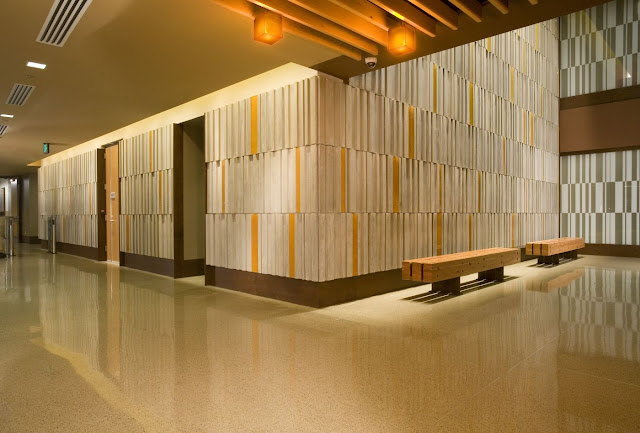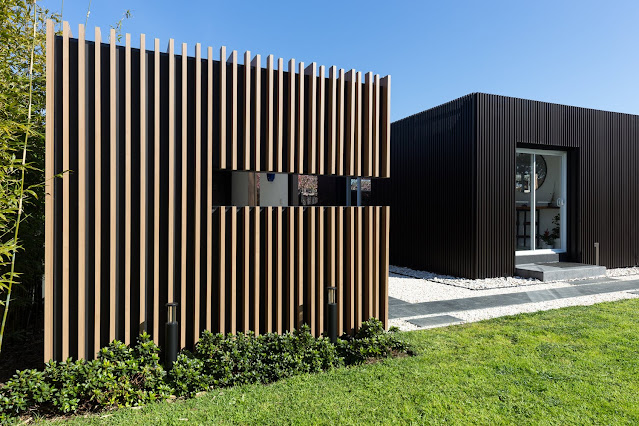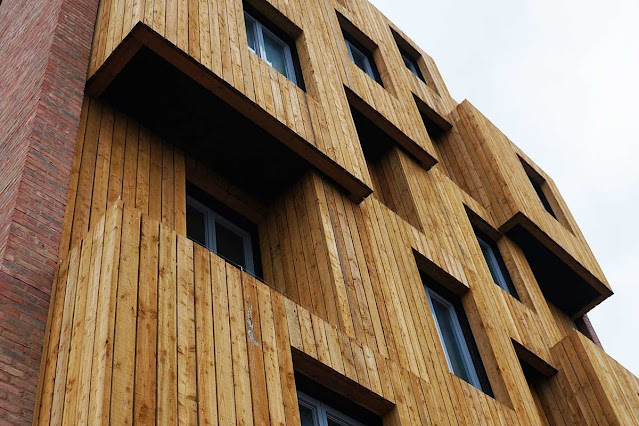Important Things To Know About Fire Rated Cladding
Fire-rated cladding is an important part of a high-rise building. It is designed to meet land regulations and safety requirements and to reduce the spread of fire.
Fire-rated cladding is important for high-rise buildings.
If you have a high-rise building, it's important to ensure the cladding on your building is fire rated.
Cladding is crucial for any building that's more than three storeys high and has a lot of windows or glass. If these conditions are met, then it's likely that your building will need to be fitted with fire rated cladding.
It is tested to ensure it meets land regulations and safety requirements.
Fire rated cladding is tested to ensure that it meets land regulations and safety requirements.
If you're going to be using fire rated cladding on your new home, it's important that you understand how this type of product is tested.
Fire rated cladding is tested to ensure that the product meets land regulations, as well as fire regulations.
The way a product like this gets tested is by setting up a test structure called a “fire tunnel” and then putting your chosen product through rigorous tests in order to see if it can withstand elements such as extreme temperatures or flames.
It is designed to reduce the spread of fire.
Fire-rated cladding is a type of cladding that has been tested and approved to meet the requirements.
The standard requires that the material be able to withstand a fire for a specific period, depending on its position on the building (e.g., if it is used as external walling).
This means that it must be able to resist the spread of flames, heat and smoke for a set amount of time before becoming unsafe or combustible.
Fire-resistant products are not necessarily fire-rated products, but they can be used in conjunction with them; however, they do need to meet certain standards which differ slightly from those required by law.
Cladding is the skins inside and outside a building. It’s used to provide a barrier against weather elements, control noise and increase energy efficiency.
The cladding may be made from wood (timber), metal, stone or masonry products, including concrete, brickwork or render systems. Cladding materials differ depending on the location of your home or business.
If your property is in an area with severe weather conditions such as high winds and heavy rain you will likely want to consider using a more heavy-duty material that is resistant to damage from these elements.
Conclusion
Cladding is vital to the safety of buildings and the people who use them. It’s important that you know what fire-rated cladding means and how it can help keep you safe.




Comments
Post a Comment